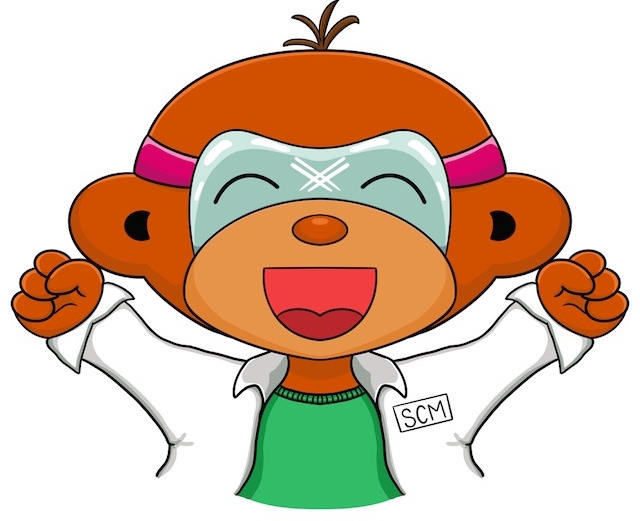Proanthocyanidins are colourless molecules also called oligoflavonoids, condensed polyphenols, or hydrolyzable tannins. They called the latter because they can be hydrolyzed (the molecule is split by water into different compounds) in an acidic environment to produce anthocyanidins, which are coloured. They play a role in the stabilization of collagen and maintenance of elastin in the skin. They are being studied as water retention reducers, and capillary protectors. They can help the body to produce histamine to prevent allergic reactions. And they can be powerful anti-oxidants – they are about 20 times more powerful than Vitamin C and 50 times more powerful than Vitamin E.
Procyanidins are part of the proanthocyanidins group, and occur as esters of gallic acid in green and black tea and grapes. They are quite unstable, reacting chemically in acid or base solutions, reacting thermally, and oxidizing easily. They are considered to have anti-viral, anti-microbial, and anti-oxidizing properties through free radical scavenging.
